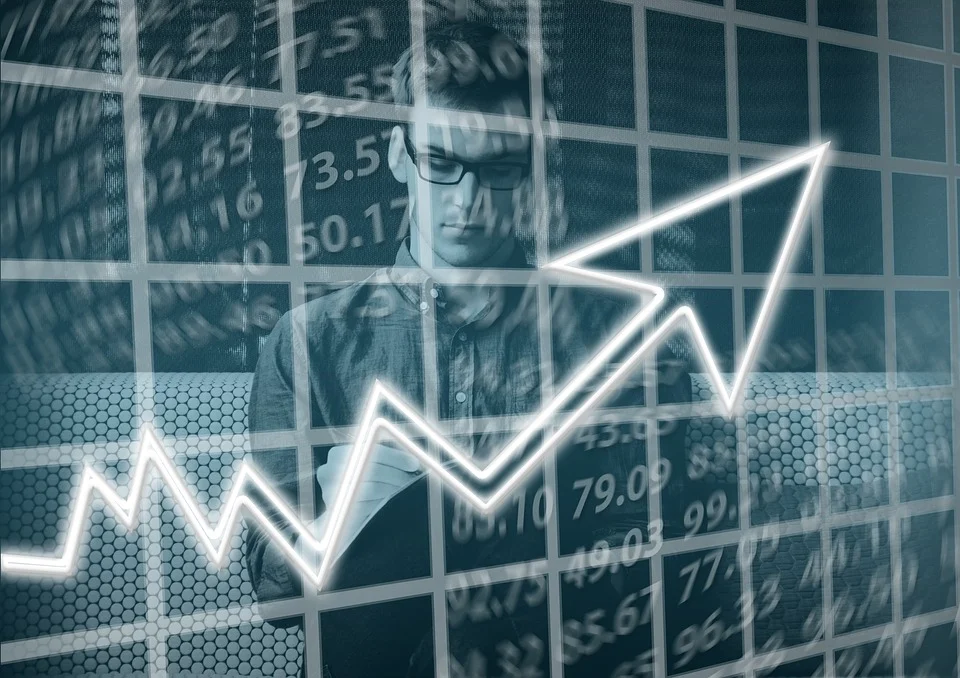Exploding Topic’s summary of NFT statistics shows that between 2018 and 2020, the volume of NFT transactions increased eightfold, jumping from $40.96 million (CHF37.92 million) in 2018 to $338.04 million (CHF312.98 million) in 2020. Additionally, in the United States, 29% of adults claim to be interested in getting involved with NFTs. Increasing demand and public awareness can give a significant boost to the volume and price at which NFTs are traded.
Though most NFTs today represent digital art, you don’t have to be an artist to benefit from the increased profit opportunities NFTs offer. Today, anybody can participate in the growing digital art trading landscape and grow their wealth through smart investments. To help investors get started, we’ve compared the digital art trade with three of today’s most popular investing methods. These side-by-side comparisons can help you determine whether NFTs are the right investment for you.
NFTs vs. Cryptocurrencies
NFTs and cryptocurrencies are often confused with one another. Though they both derive value from their reliance on blockchain technology, cryptocurrencies and NFTs have major differences. As its unabbreviated name suggests, NFTs are non-fungible, which means they cannot be replicated. Given that every NFT has a one-of-a-kind ID, they make good vehicles for representing unique assets, such as digital art. Cryptocurrencies, on the other hand, are fungible, which means that all cryptocurrency tokens in a blockchain are identical to one another. This makes them better suited to represent currencies.
Cryptocurrencies have value because many people see their potential as units of exchange. When people invest in cryptocurrencies, they are betting on those coins’ futures as mainstream currencies and purchasing stakes before widespread adoption drives prices higher. On the other hand, traders that invest in digital art NFTs are buying ownership rights to unique pieces of artwork. NFTs do not derive their prices from their potential utility. Rather, they are valuable because they represent valuable assets (art) and are made scarce due to their non-fungible properties.
NFTs vs. Forex
NFTs and forex currencies are similar in that they derive value from demand. However, just like with cryptocurrencies, the value of a forex currency stems from its utility as a unit of exchange. And because these currencies have already been widely adopted by the mainstream, price movements tend to be less drastic. Because prices are unlikely to rise consistently, forex currencies don’t make effective buy-and-hold investments compared to cryptocurrencies and NFTs.
However, since the foreign exchange market has been around for centuries, it’s easier for platforms to predict and simulate real-world market conditions and give aspiring traders risk-free hands-on trading experiences. As shown by FXCM’s MetaTrader 4 platform, you can open free practice accounts where beginners can use virtual money to test trading strategies. It also includes accurate charting tools that can help traders make smarter trading decisions. Since NFTs are a newer kind of investment, there are fewer resources for beginners, and analytics tools lack the historical data needed to provide accurate insights.
NFTs vs. Stocks
NFTs and stocks both represent different kinds of assets. With NFTs, the asset represented is usually digital art. With stocks, the asset represented is a share of a company. Stocks have an advantage in that they can generate profit without needing to be sold. Investors that buy stocks with dividends can gain a small fraction of their company’s income. NFTs, however, are more democratized. With software like the 4ART app, anyone can make NFTs of their digital art. To own a stock, you either have to buy one or offer shares of your business to the public.
However, though there is currently little overlap between the digital art market and stock trading, the technology the digital art market currently uses may be used to improve stock trading. Venture capitalist Bill Tai argues that because NFTs can efficiently assign ownership over assets, they can be used to store traditional investments, such as stocks, land titles, and even real estate. This means that in the future, people may be able to use NFTs to represent ownership of company stock.
After this decade’s crypto craze brought awareness to the benefits of blockchain technology, NFTs were able to break into the general population’s radar. Though the NFT market is still in its infancy, NFTs have the potential to be as profitable as older investment vehicles, such as stocks, forex, and cryptocurrencies.
About the author:

Ricci Jasmine
Superpower: flexibility
Ricci Jasmine is a jack of all trades. She enjoys digital art, finance, and writing. In her spare time, she reads Stephen King novels.
She lives by the motto: “You are the small things you do everyday.”
